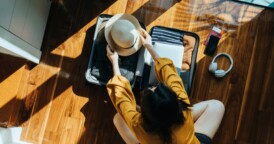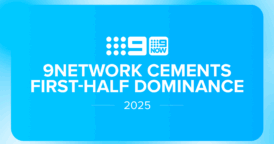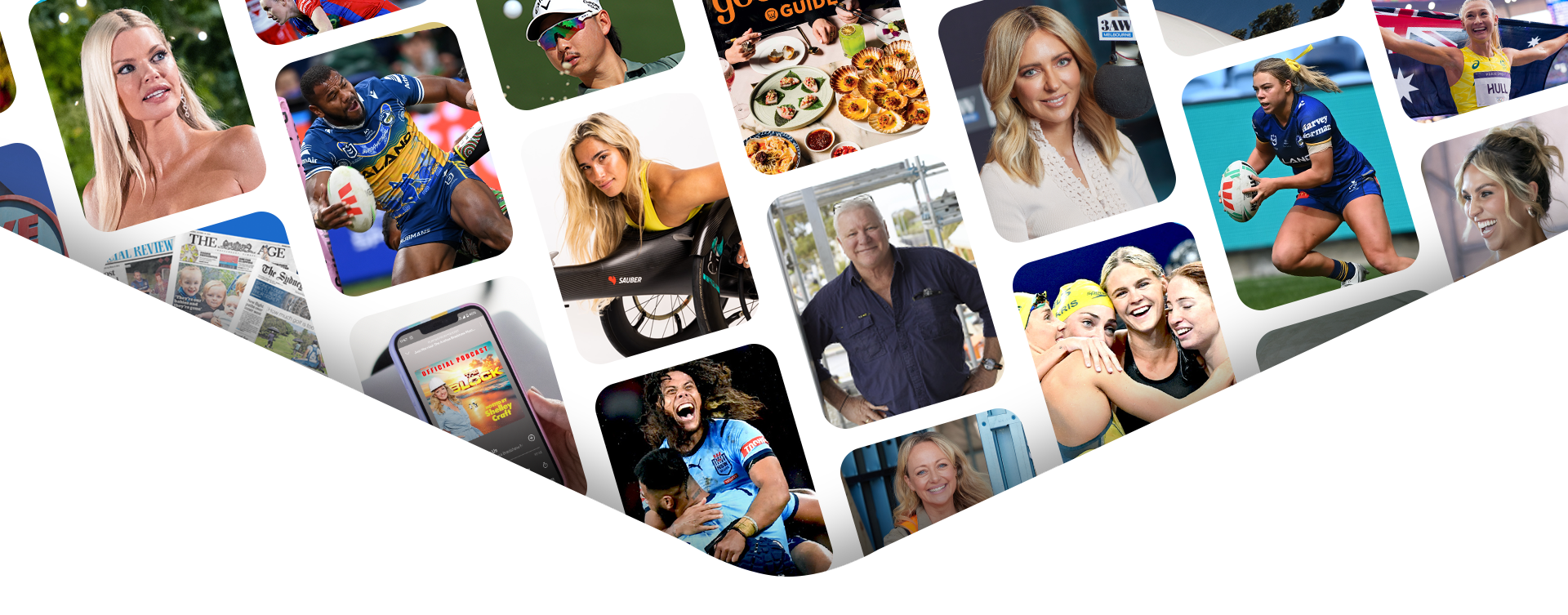Advertisers need to take big creative risks to emerge from a sea of ‘sameness’
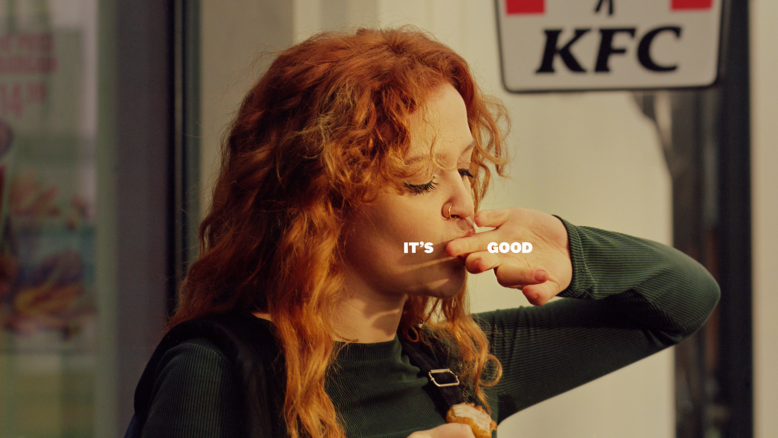
Advertisers need to take big creative risks to emerge from a sea of ‘sameness’

When it comes to Australian advertisers taking risks and placing big creative bets, Chief Creative Officer of Howatson+White, Ant White, says it shouldn’t even be a question. In the attention economy, brands now have a maximum 30 seconds to a minute to make an impact on audiences and cannot afford to play it safe.
Speaking on a panel at The Big Ideas Store session, Placing Big Creative Bets, White said: “I have a real issue with the title of this session because I don’t think it’s a gamble – we have to be distinctive and we have to stand out, because so many don’t.”
The panel, made up of White, DDB Chief Strategy Officer Fran Clayton, Howatson+White CEO Chris Howatson, and Optus Chief Marketing Officer Melissa Hopkins, lamented the lack of originality in Australian advertising over the past 18 months, agreeing “everyone did a COVID ad”.
Mel Hopkins said: “The role of any brand is to be distinctive, to stand out, and to have a different reason or purpose for being. So I found it quite depressing – particularly last year, both Australia and globally – to see this sea of sameness in advertising, when you could pretty much whack any brand off the back of it. That to me is lazy marketing.
“Building distinctiveness is probably the toughest thing you could do, but it’s what builds brands. Ultimately, what I see as the role of marketers is to create tomorrow’s cash – you’ve got to do that by being distinctive.”
Reflecting on the trends on the rise in advertising at the moment, Chris Howatson said advertisers and marketers are playing with context a lot more, and finding the environments.
“Forever we’ve been buying media at the point of diminishing return, and that naturally spreads you across lots of different places rather than just focusing on the most impactful message you can give in the moment when it matters. A lot of clients are now saying, ‘I don’t just want to do one plus 55, or three plus 55 – let’s do a three-minute ad and put it in a place where everyone’s going to see it. Let’s create some fame’.”
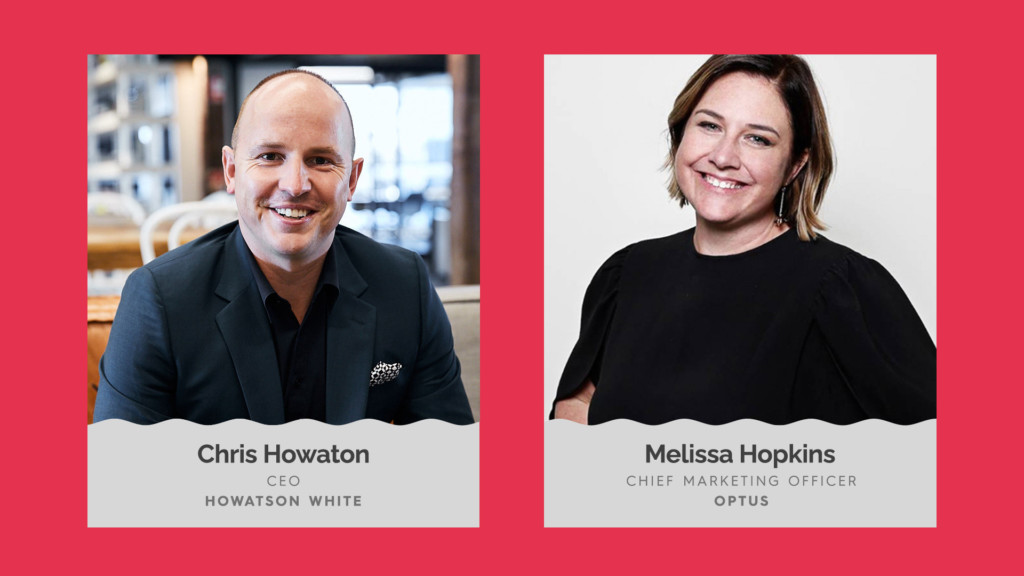
Howatson pointed out, however, that being distinctive is not just about following the latest trends – it is much more important to play to the strengths and identity of your brand.
“Context is playing a much bigger role, as is emotion, but we need to make sure we don’t just all start doing emotion, because then it’s not distinctive. What a lot of brands are looking at now is, if they’re a super-rational brand, then they’re doing rationality really well, and if it’s a brand that can play emotion then they’re leaning into that, and maybe doing it through comedy.”
By remaining true to the authenticity of your brand, Hopkins says there is a much greater opportunity to create “brand memories”, which stick with audiences long after the creative has ended.
“At Optus we’ve changed part of our measurement model, and instead of brand awareness or brand consideration we look at creating brand memories. That’s important because, to use a Telstra example, they spend three times as much as us on media and our results have just come back and said we create the same amount of brand memories. That goes to show you our work is more efficient and effective and impactful.”
Fran Clayton agreed, saying: “Emotion encodes memory, whatever your emotion is.”
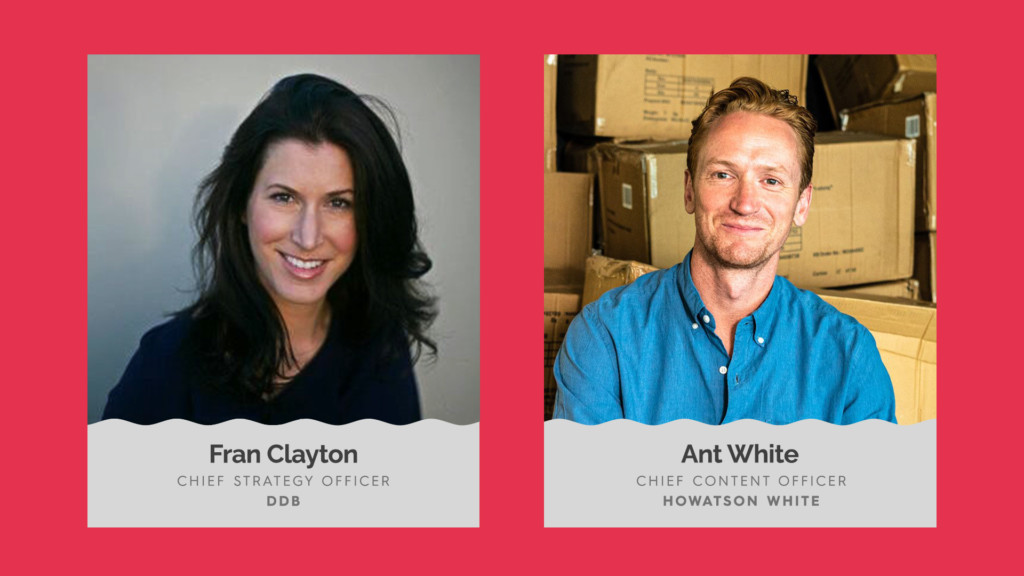
Director of Powered and panel host, Liana Dubois, said the upcoming launch of Nine’s State of Originality – Australia’s richest creative prize – is the perfect opportunity for Australian brands to create brand memories and showcase their creative distinctiveness.
In order to create big advertising moments however, advertisers and marketers first need to sell their idea to brands, which can be more difficult than it seems.
Howatson says metrics and effectiveness are key to getting the decision makers on board.
“Working in agencies, you’re told creativity works and you believe it, but it’s really only been in the last five years that we’ve built the empirical evidence that stands up to a boardroom conversation.
“My positivity around creativity now stems from the fact that more than any other time in history, we’ve got the tools to sell the business critically around creativity into the C Suite. I’ve found when you have that conversation, it’s a lightbulb that goes off, and all of a sudden the reorientation is around those rules.”
White agreed, adding: “We need to give [brands] the tools, the data, the media plan to make sure it’s going to work. When you do that, it opens up their appetite to do more creative work because the shackles are off and there’s a confidence there.”
More information on Nine’s multi-million dollar challenge to marketers, State of Originality can be found here. Submit your entries at www.stateoforiginality.com.au.



